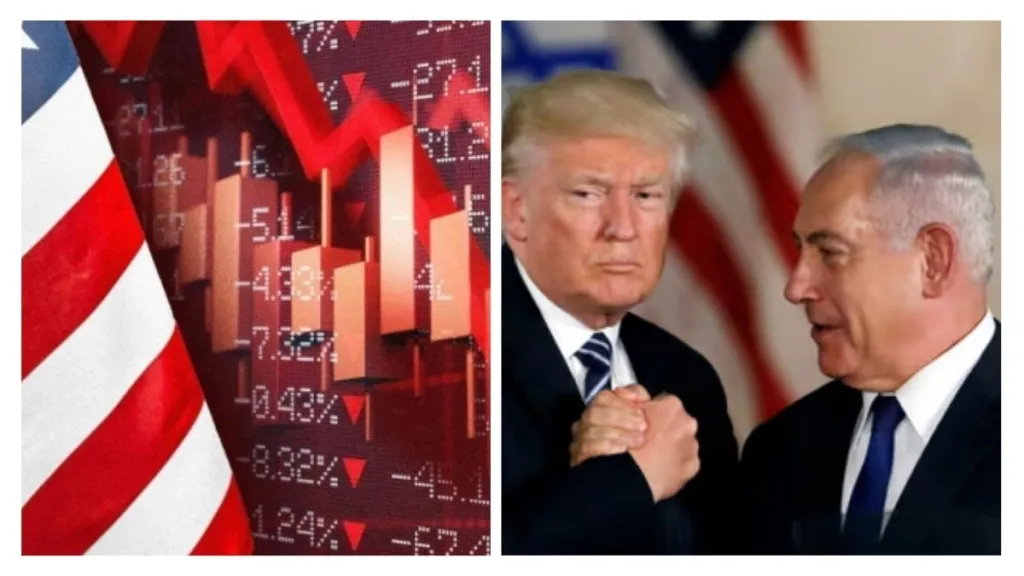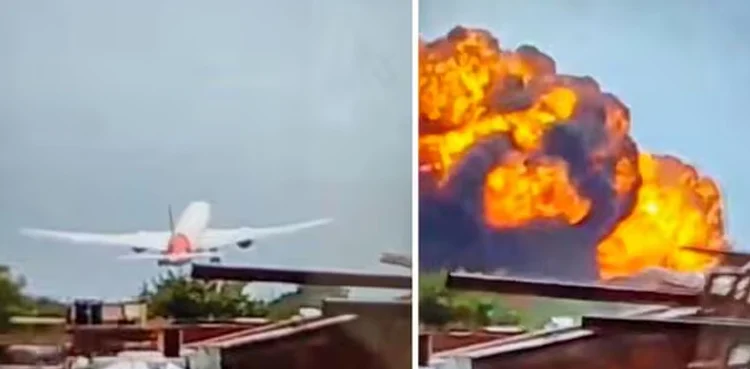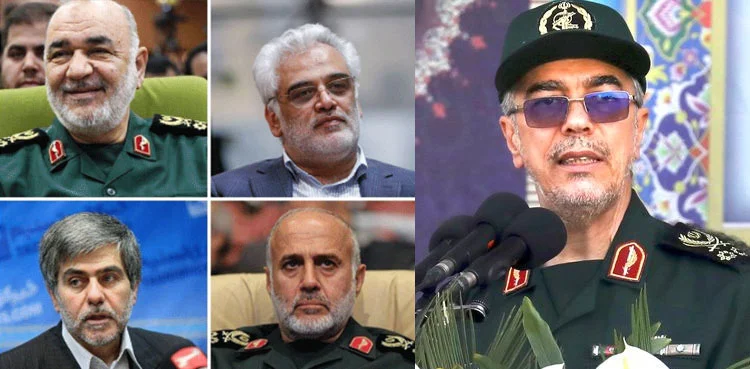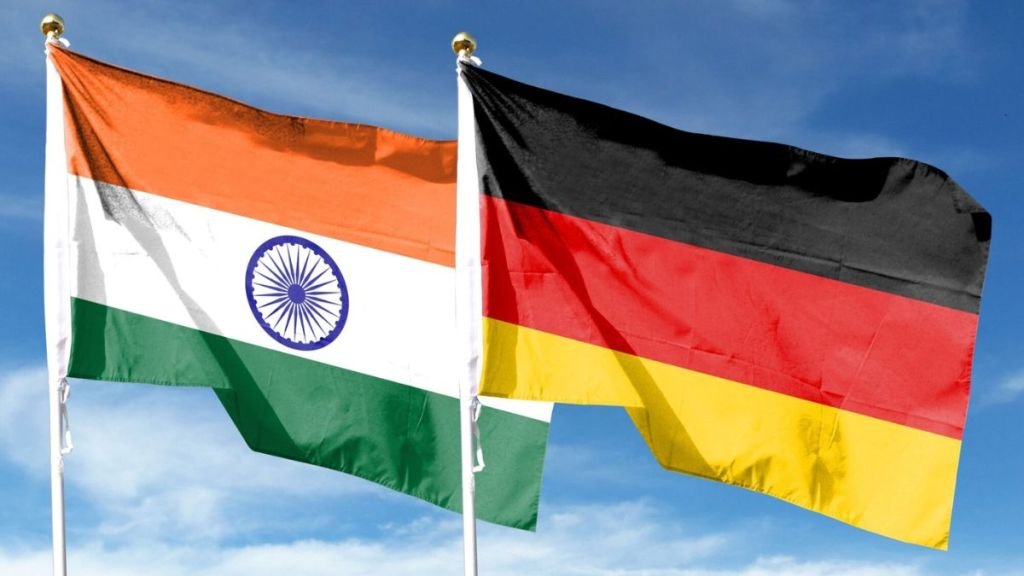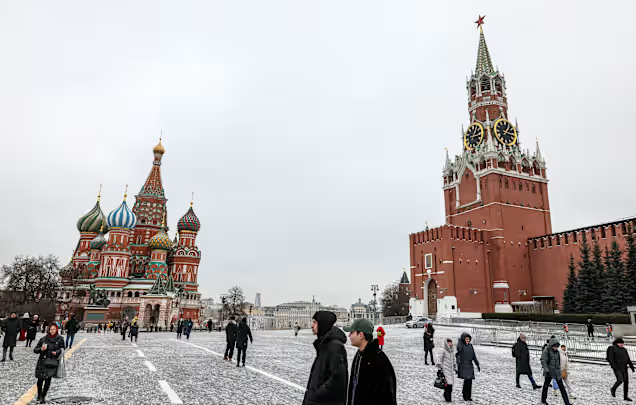
The Bank of Finland Institute for Emerging Economies (BOFIT) projects that Russia’s GDP will grow by approximately two percent this year and around one percent in 2026. It attributes much of Russia’s recent economic growth to increased government spending on the war in Ukraine. While government expenditure is expected to rise further, production capacity is already stretched, limiting further output expansion.
The ongoing increase in government spending, primarily directed at supporting the war effort, has contributed to structural imbalances in the economy. Although a major economic crisis in the near term appears unlikely, unaddressed disparities could have serious long-term consequences. According to Rosstat data, Russia’s GDP grew by four percent last year, exceeding earlier projections. This growth was largely driven by state expenditures, particularly in sectors linked to the war. However, the pace of growth slowed significantly in the latter half of the year, with production nearing capacity constraints.
At the same time, structural issues have intensified, with the government running deficits for three consecutive years and consumer price inflation rising into double digits. The prioritization of war-related expenditures is expected to continue, necessitating sustained financial support. The economy faces numerous risks as the conflict persists, requiring ongoing increases in government spending. While such expenditures may temporarily boost output, they also deepen economic imbalances.
Russia’s central bank is likely to further tighten monetary policy to control inflation. High interest rates could constrain growth in industries not linked to the war effort, but easing monetary policy risks triggering inflationary instability. External factors, including sanctions and relations with China, play a crucial role in shaping economic prospects. A significant tightening of sanctions or a prolonged drop in oil prices could weaken government finances and affect military funding. Additionally, Russia’s growing reliance on China has increased its vulnerability to potential shifts in diplomatic and economic ties.
If the war were to end, military-related expenditures could be redirected. However, such spending is unlikely to decrease substantially, as resources may instead be allocated toward stockpiling and future military preparedness.





